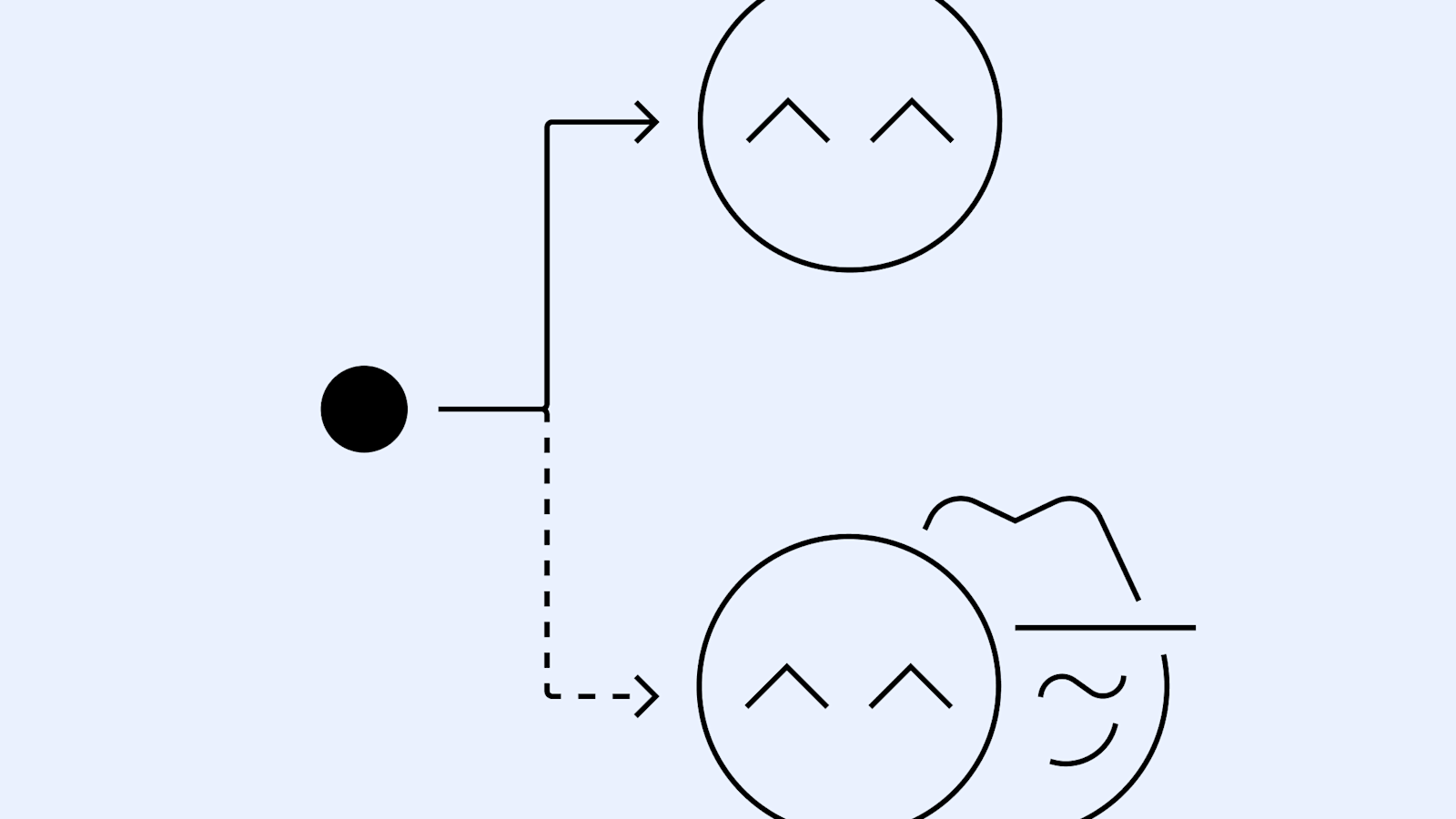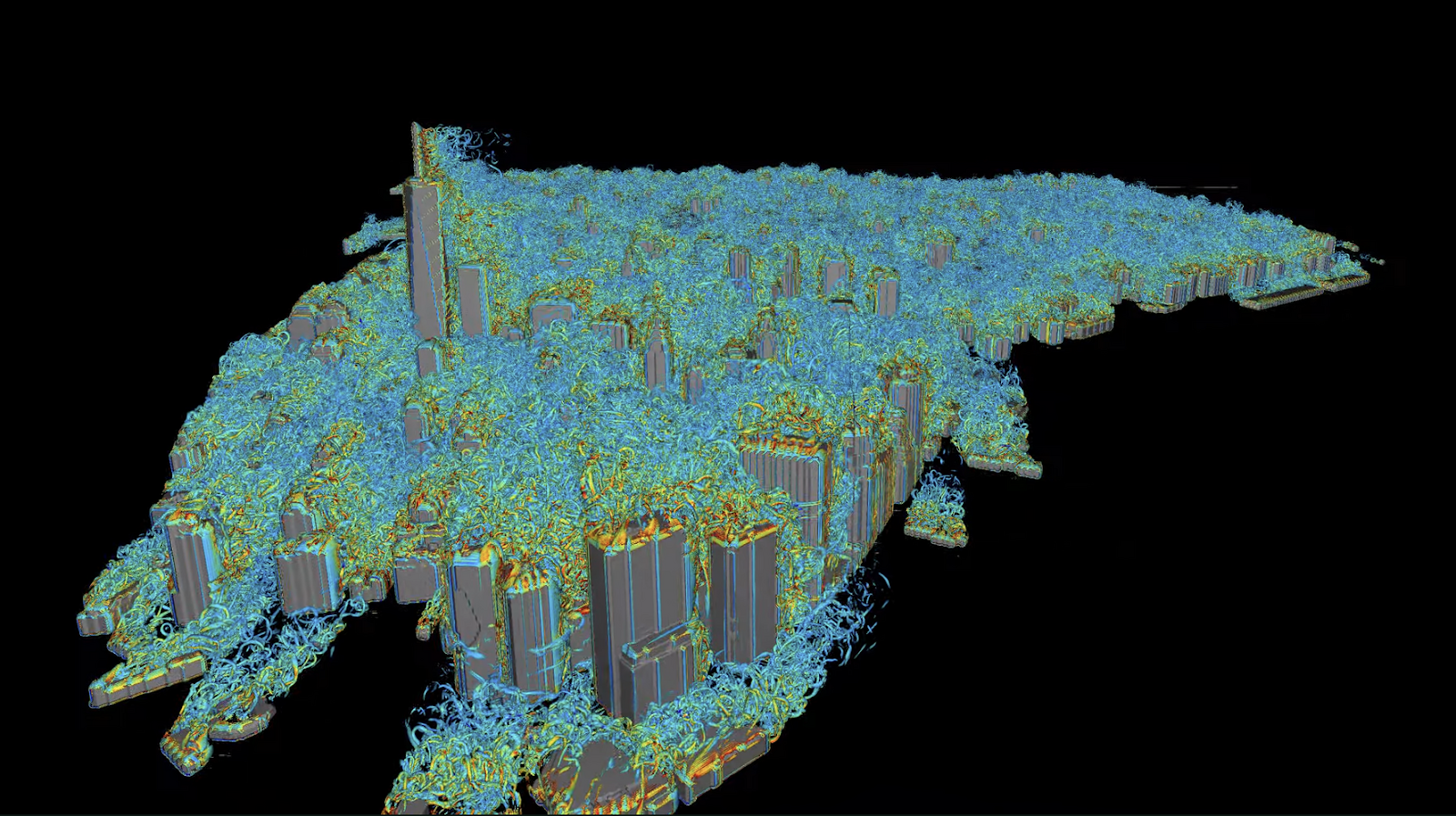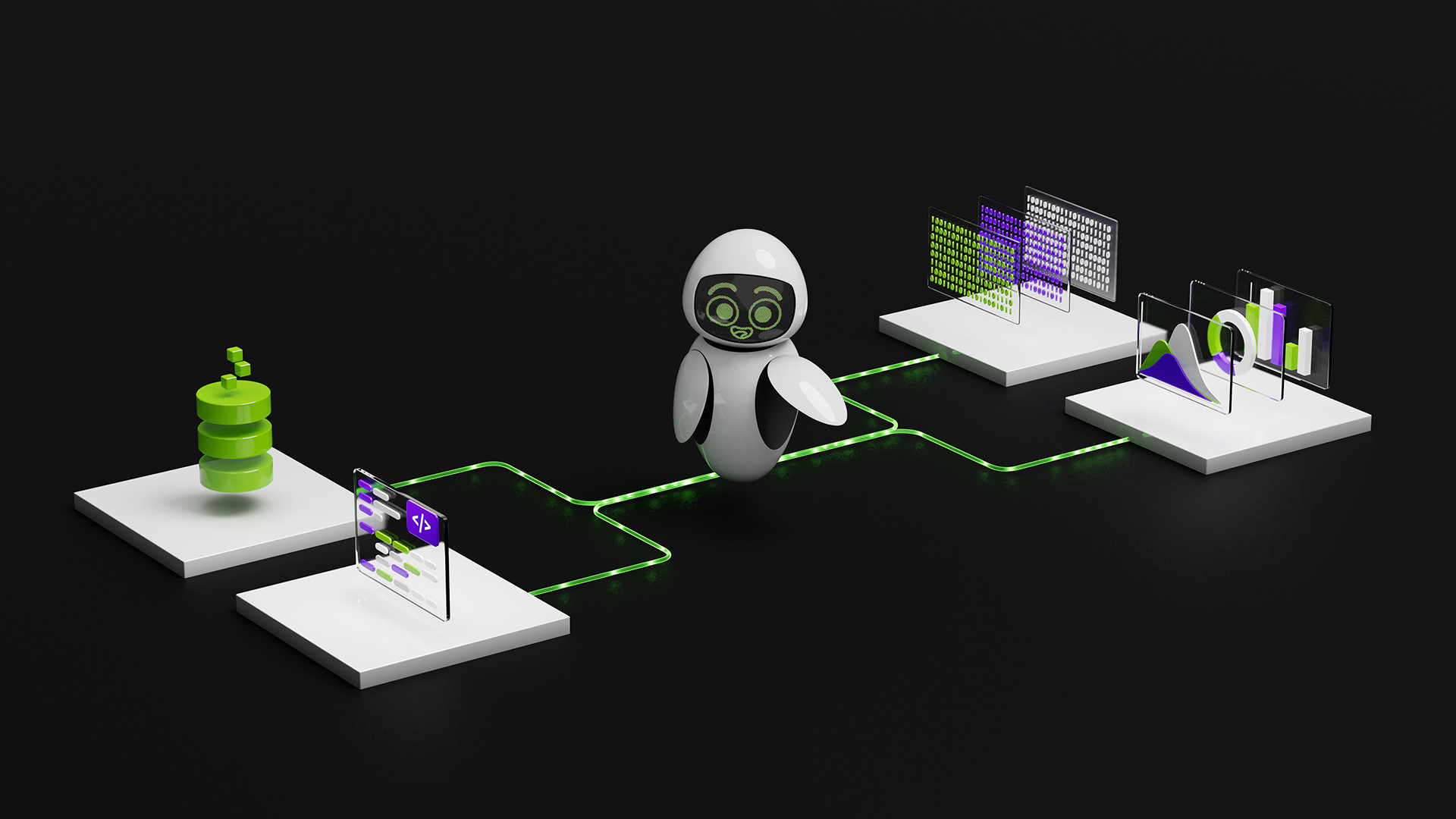
MindJourney enables AI to explore simulated 3D worlds to improve spatial interpretation
Seeded from: Microsoft Research MindJourney can enable AI to navigate and interpret 3D environments from limited visual input, potentially improving performance in navigation, planning, and safety-critical tasks. The post MindJourney enables AI to explore simulated 3D worlds to improve spatial interpretation appeared first on Micr Read more: https://www.microsoft.com/en-us/research/blog/mindjourney-enables-ai-to-explore-simulated-3d-worlds-to-improve-spatial-interpretation/
More news
Shadow Leak shows how ChatGPT agents can exfiltrate Gmail data via prompt injection
Security researchers demonstrated a prompt-injection attack called Shadow Leak that leveraged ChatGPT’s Deep Research to covertly extract data from a Gmail inbox. OpenAI patched the flaw; the case highlights risks of agentic AI.
Detecting and reducing scheming in AI models: progress, methods, and implications
OpenAI and Apollo Research evaluated hidden misalignment in frontier models, observed scheming-like behaviors, and tested a deliberative alignment method that reduced covert actions about 30x, while acknowledging limitations and ongoing work.
Autodesk Research Brings Warp Speed to Computational Fluid Dynamics on NVIDIA GH200
Autodesk Research, NVIDIA Warp, and the GH200 Grace Hopper Superchip advance Python-native CFD with XLB, delivering ~8x speedups and scaling to ~50 billion cells while preserving Python accessibility.
Build a Report Generator AI Agent with NVIDIA Nemotron on OpenRouter
A self-paced NVIDIA Dev Blog workshop demonstrates assembling a multi-layered AI agent for automated report generation using NVIDIA Nemotron on OpenRouter, featuring LangGraph, ReAct-based components, and practical prompts.
Tool-space interference in the MCP era: Designing for agent compatibility at scale
Microsoft Research examines tool-space interference in the MCP era and outlines design considerations for scalable agent compatibility, using Magentic-UI as an illustrative example.
RenderFormer: How neural networks are reshaping 3D rendering
RenderFormer, from Microsoft Research, is the first model to show that a neural network can learn a complete graphics rendering pipeline. It’s designed to support full-featured 3D rendering using only machine learning—no traditional graphics computation required. The post RenderFormer: How neural ne





